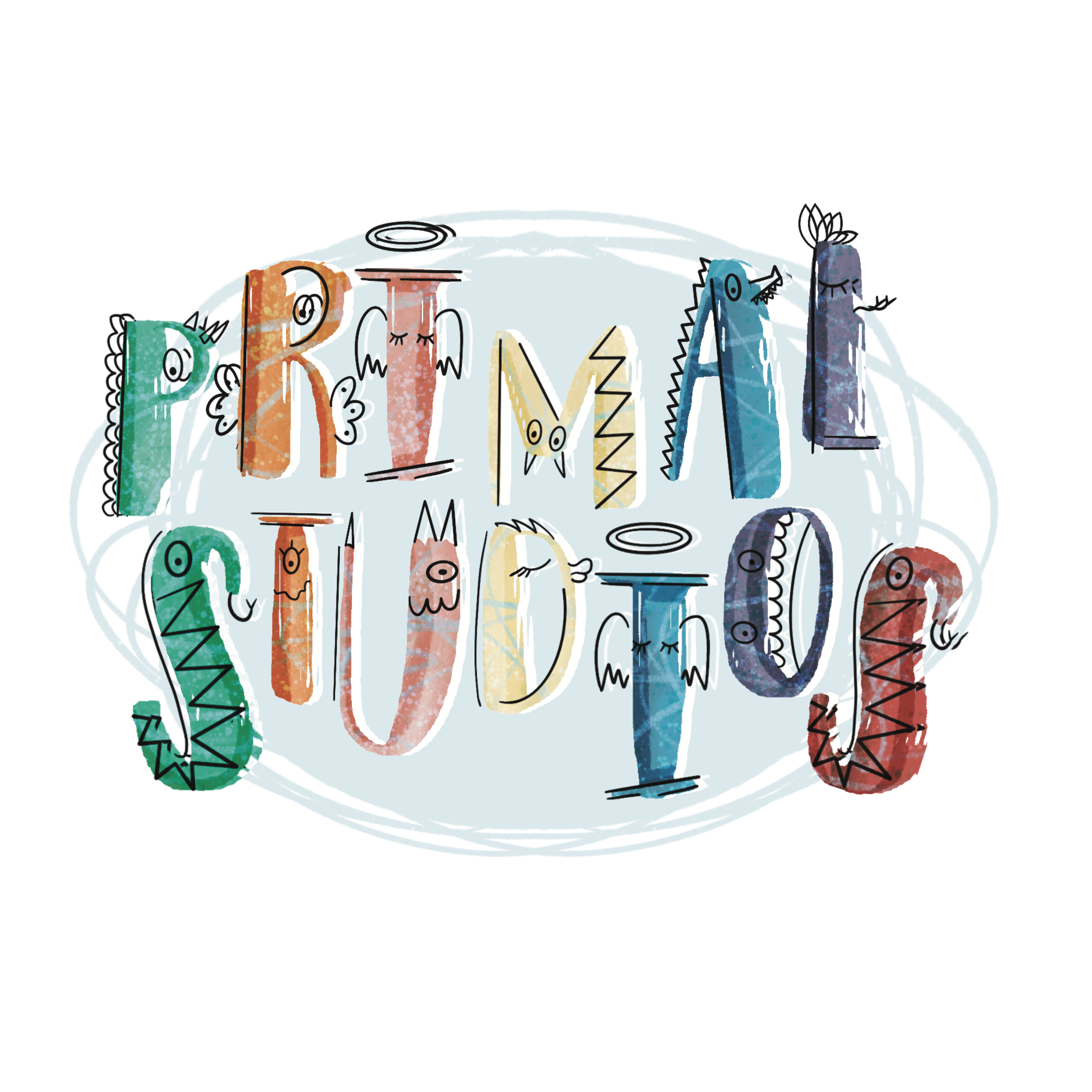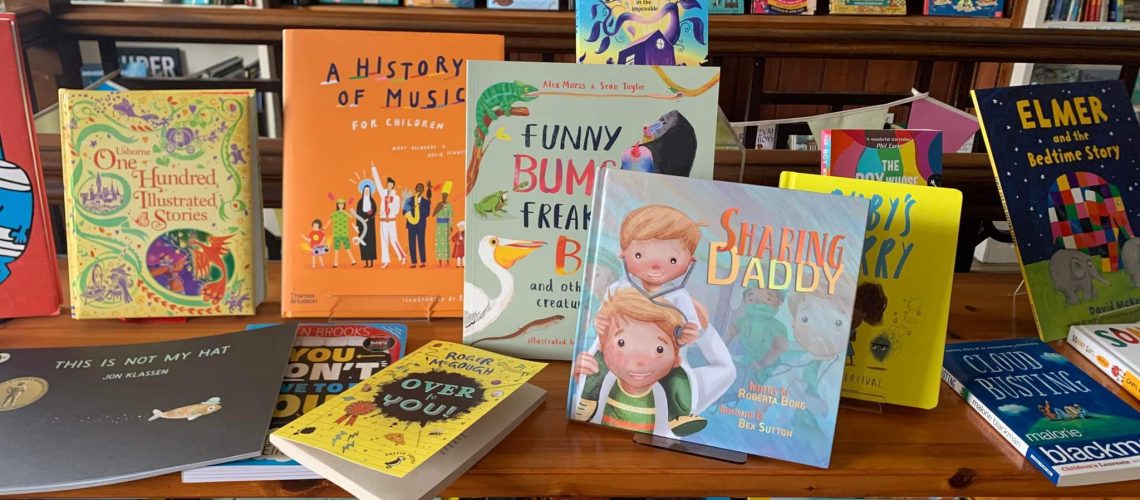Children’s Book Self Publishing Basics
Hello and welcome to Primal Studio’s new blog page, written by me, Bex Sutton! Guest speakers will occasionally join us, and will include illustrators, authors, publishers and marketing geniuses!
In this blog page, I will be regularly updating potential authors and self publishing authors with advice on the self publishing process. This will mean breaking down the fundamentals, step by step guides and thorough analysis of what each stage of the process means, and how to make the most of it.
But before we break everything down, you need to know the fundamentals! Self publishing can be scary, especially when you don’t know what you need to do to get your book on the physical and online shelves! Here is the basics of what you need to do:

Write your story
That’s right! And it’s not as simple as it sounds. Writing a story can be incredibly difficult and my main advice is to look at the current children’s book market.
You need to find a niche within the market, something unique that makes your story stand out and shine. If you see your story is very similar to many books out there, then consider changing the story a little to include details you feel the other stories are missing. What is to stop the buyers purchasing the book with a similar story and a more well known author? Find that unique selling point that would convert the buyer into your next customer.
The world of publishing is difficult and can be cut throat, so you need an angle that makes your story unique and sellable.
Editing
You need to edit your manuscript! Your story could be great, but you need extra eyes to make it amazing. From the basics of grammar, spelling and punctuation to refine your story, to editing to make the story flow better, editing is a must.
Depending on your budget, you can do this by asking friends and family to review the manuscript and receiving their feedback and editing together, or higher an editor (which I’d recommend.)
Every well known author you’ve read has had their stories edited and refined. So be open to the suggestions that editors come up with! It’s not a critique, it’s to take your story to the next level.
Something to keep in mind is most children’s picture books are between 350 to 1200 words. A children’s chapter book is usually between 5,000 – 10,000 words. You can have more or less than these, as you are self publishing after all! But it does make them a little hard to market.
The editor I work with is a lovely lady called Nadara (Nay) Merrill, you can find her website here: thatgrammargal.com
Nay has edited my work books, plenty of my clients and we all highly recommend her.
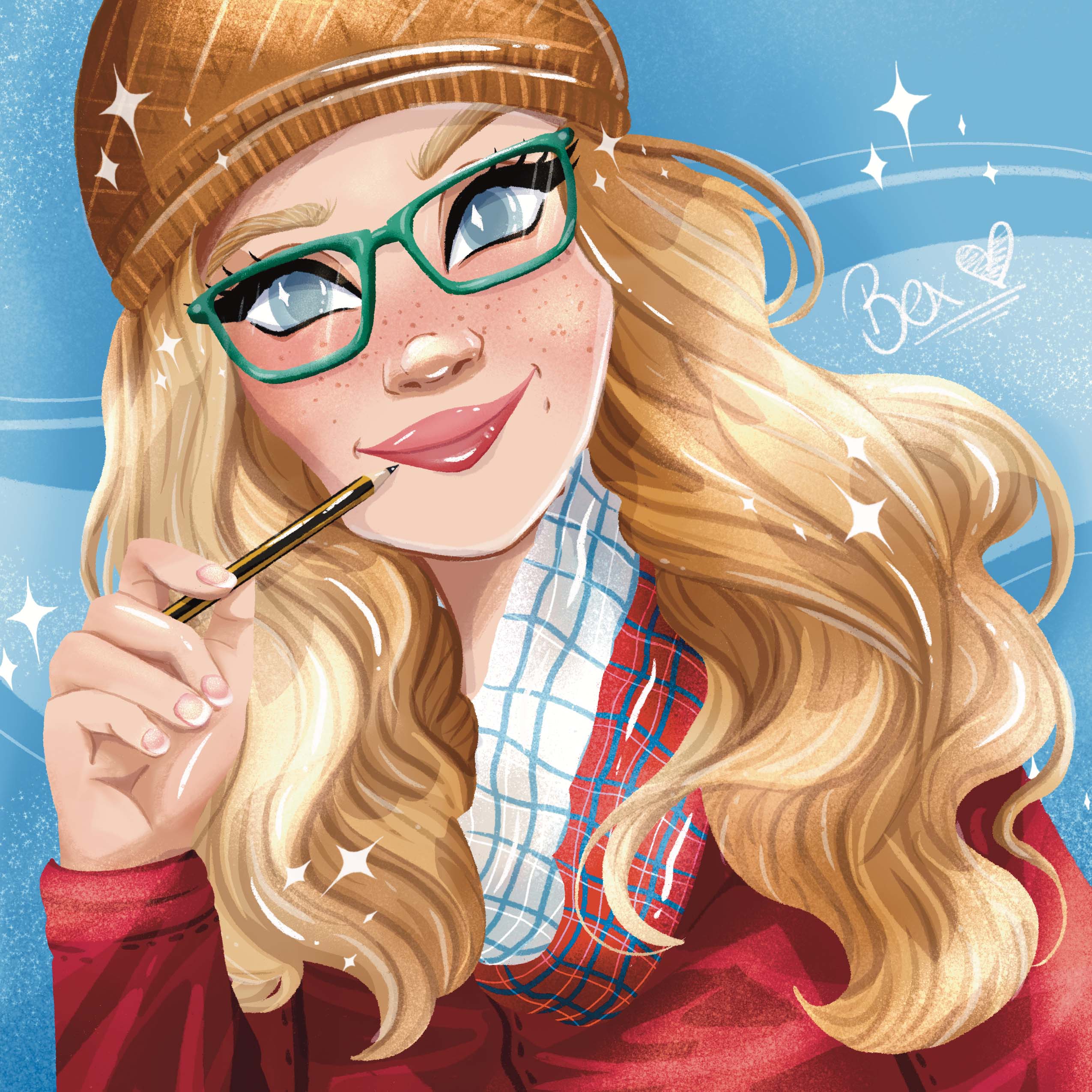
Illustrator/Cover Design
The next stage in the process will depend on what type of book you are creating.
Picture books, this is a huuuge stage for you and will take around 3 – 6 months or possibly more, depending on your illustrator. For chapter books, the cover is incredibly important, your cover is what makes store owners decide to carry your book, and buyers decide if they want to buy your book!
Now, please listen to me here:
DO NOT PAY THE BARE MINIMUM FOR YOUR ILLUSTRATOR.
You may think that it’s because I am an illustrator that I am saying this. No, it’s not. When you pay the bare minimum for your illustrations, you will get the bare minimum quality, or you will find people using plagiarised imagery, or even clip art to create your book.
What’s wrong with that? There are legalities about using clip art in mass printing. On top of that? Your stories wouldn’t be unique. Can you imagine how upset you’d be if you saw your main character in 5 different books on the bookshelf?
Now, I’m personally considered a ‘mid range’ illustrator. Which means I don’t charge prices you’d find an illustrator with an agent, or even a relatively well known illustrator. But, I do charge enough to cover my time and skill required to create a unique and well thought out children’s book.
There are many amazing illustrators out there with different price lists, but my recommendation is to save around £1.5K – £3k for your book. Illustrators wouldn’t ask for this as a full payment. Usual practice is to have between 30 – 50% paid as a deposit, then the remaining amount set in payments for milestones. I personally ask for a 50% deposit, then 50% upon completion.
This would cover the costs of a talented illustrator to work with you for those 3 – 6 months on bringing your story to life, making the book marketable to libraries, stores and customers.
For picture books, you need to consider how many pages you need illustrated. Are they single pages, double pages, spot illustrations, character illustrations or cover illustrations? Send your illustrator your manuscript so you can both discuss the layout and way you envision your book. There will be many phases of illustrating and discussion, from character design to sketch, to development to final artwork. Once that is completed, you’d need to format the book.
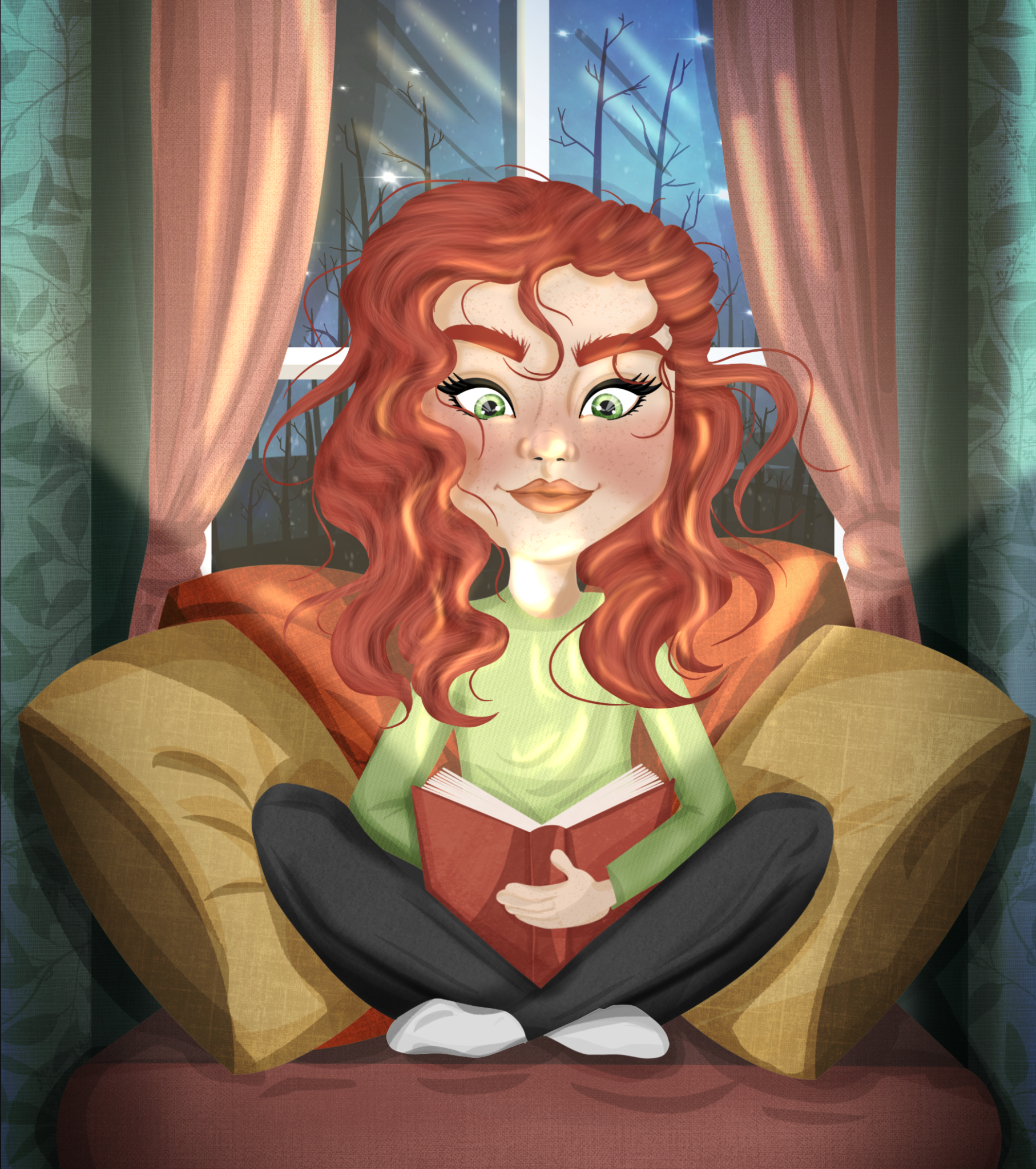
ISBN
Before you format, you need to purchase an ISBN (International Standard Book Number).
The purpose of the ISBN is to establish and identify one title or edition of a title from one specific publisher and is unique to that edition, allowing for more efficient marketing of products by booksellers, libraries, universities, wholesalers and distributors.
These are the barcodes you see at the back of every book. For every ISBN used, you need to provide the book’s details within the ISBN database you purchased from.
In the UK, this is Nielsen:
https://www.nielsenisbnstore.com/
In the USA, this is Bowker: https://www.myidentifiers.com/identify-protect-your-book/isbn/buy-isbn
DO NOT PURCHASE THE BAR CODES! You can get these free or your book formatter can get these for you. Save your money!
It is possible to get free ISBNs when you publish through Amazon or IngramSpark in the USA. I wouldn’t recommend as they restrict where you can sell your book.
Book Design/Format
Book design / formatting is where a graphic designer would add the text (in a font that compliments the story) from the manuscript to the illustrations and add in details such as page numbers, the copyright page, title page, dedication page and author bio to the book. They would then size this all into your desired book size for the format you’d like eg, ebook, paperback or hardback.
You’d be sent 2 files for each format. A cover document and an internal pages document. These are the files you’d need to print or self publish your book through an online platform.
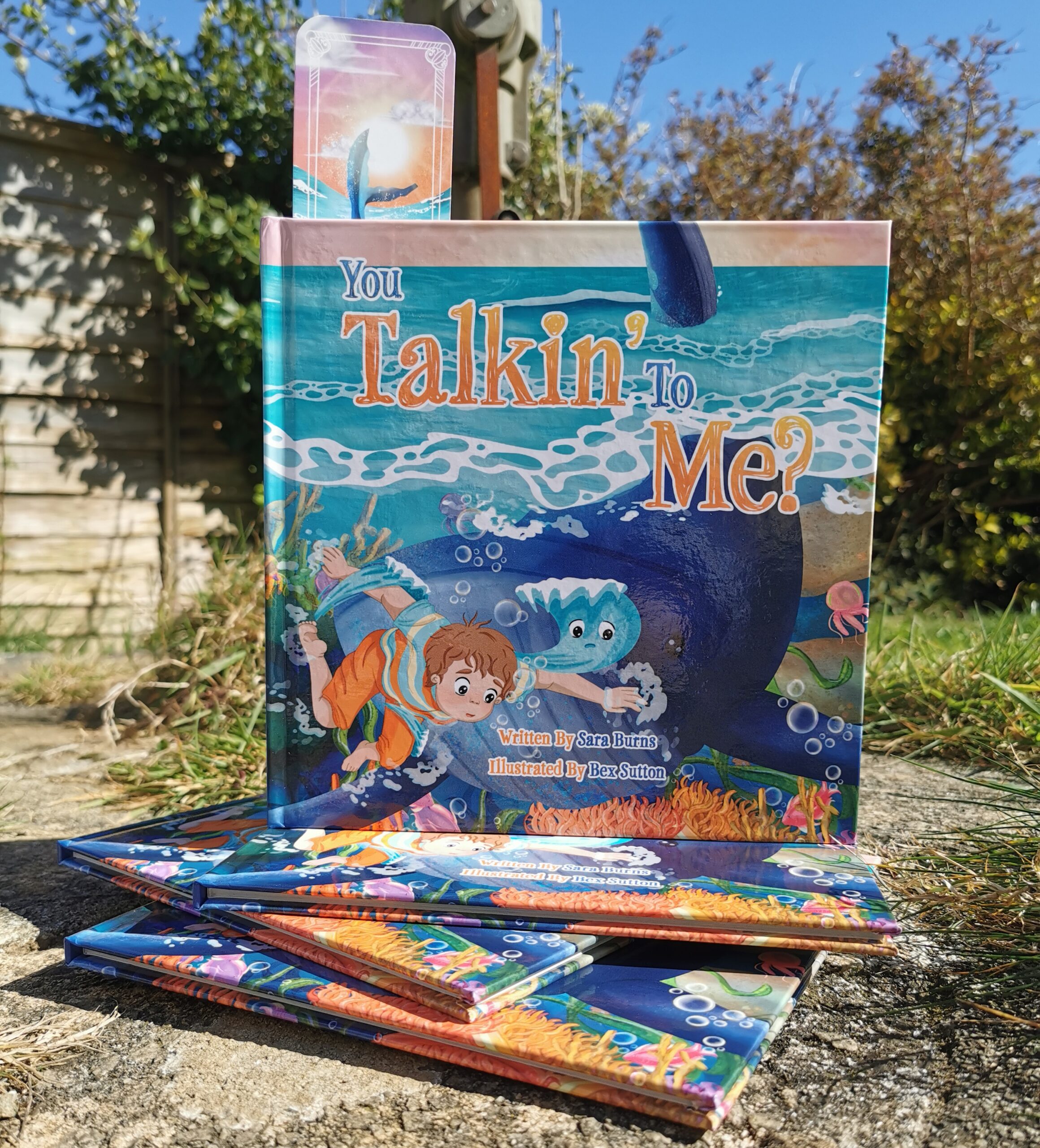
Printing / Distribution
So you’ve written the book, you had it illustrated and it’s formatted and ready to print! What do you do now?
It all comes down to these choices. Do you print the book through a printer, upload listings to sites such as Amazon Seller, Your own website and contact libraries and stores to stock your book?
OR
Do you upload the files to self publishing sites such as Kindle Direct Publishing and IngramSpark, where they will print and distribute the books for you?
PRINTING YOURSELF
When you print the book through your own chosen printer, you will receive a higher quality printed book. The paper quality will be thicker, the colours of the pages will be more vivid and the overall feel and look of the book will be nicer. You also have the potential to make a lot more profit then you would then if you use a self publishing platform, nearly double the amount as you will not have any printing and distribution royalties being removed from your profit.
However, when printing a book yourself, you need to purchase bulk prints of the book to be able to make the cost of the books smaller. Usually around 200 books minimum. As you can imagine, that is another high cost, but the potential reward is also just as high.
You’d also need to factor in sending the books yourself or arranging your own distribution.
SELF PUBLISHING SITES
When using self publishing sites, all you need to do is upload the files onto the site and fill out the information about the book and the formatting you’d like it printed to. However, the print quality is nowhere near as good as printing yourself. Sometimes the print quality can be poor but most of the time it’s just okay. On top of this, each site will take a large percentage of royalties for every book sold, meaning most of the time your share of profits is around £1 – £2 for paperback (£6.99 RRP) and £1 – £3 for hardback (£14.99 RRP).
There is nothing you’d need to do for this option, just wait for royalties to come in, which you wouldn’t see until 3 months after the sale.
This is something only you can personally decide, but there is also nothing stopping you from having the best of both worlds and doing both options.
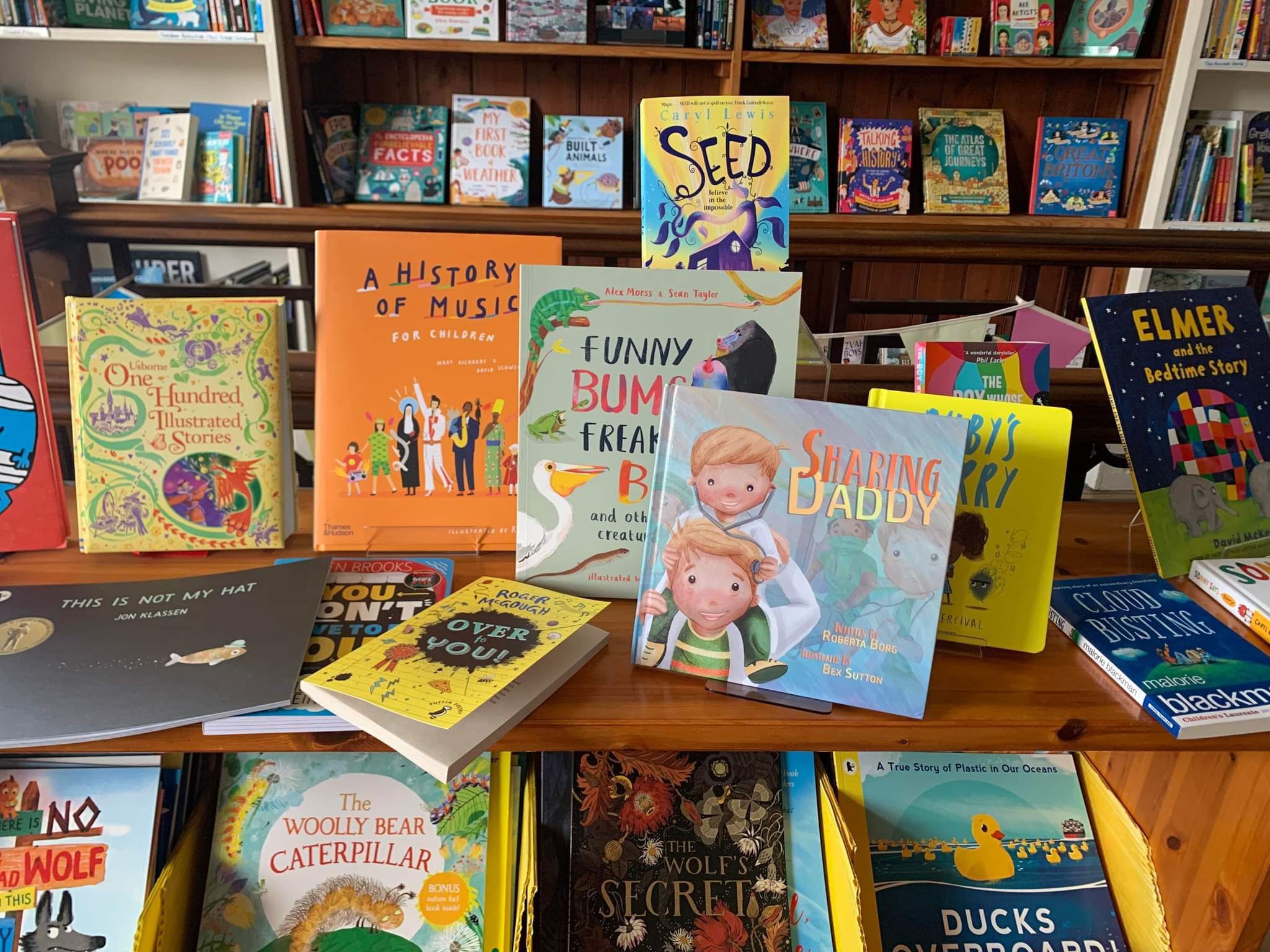
Marketing
Hooray, the book has been completed and you’ve chosen your printing options. Now to get the word out there for your book! Marketing your book IS A MUST! As much as it would be amazing for you to publish a book and it be an amazing hit, if no one knows about it, no one will buy it.
I’d recommend starting your marketing about the book right at the beginning of this journey. Share snippets on your social media channels of the journey you are marking, create a blog about the process, join FB groups of other people also doing the same and see what they are doing too! Create your community to market this book to.
The key areas to market you books are:
Social Media
Paid Advertising
Email Campaigns
Competitions
Reviews
School/Bookstore Visits
There are so many things I can write about marketing your book but the fundamental drive behind it is to promote your unique selling point of the story and create a community to sell to. I’ll write more about marketing techniques in the future, so keep coming back to the blog to see more.
These are the basic steps to self publishing a children’s book, or in fact any book! There is much more to explore in each section, which we will explore on the blog over time! If you have any questions about the self publishing basics, please comment!
Speak to you soon,
Bex
